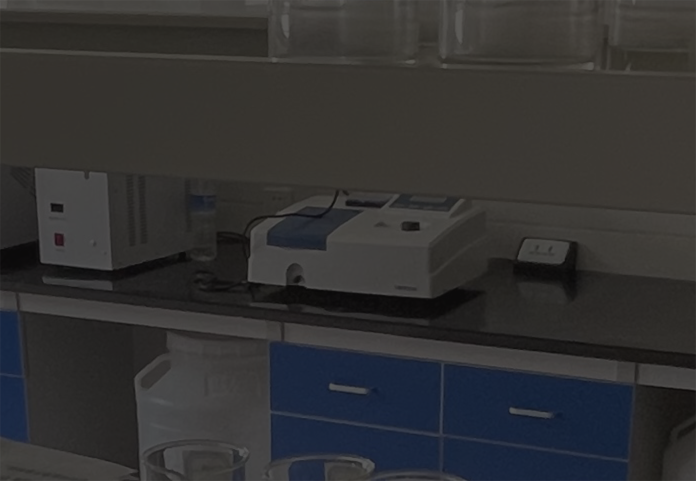
ئیلول . 22, 2024 18:16 Back to list
hydroxyéthyl cellulose
Hydroxyethyl Cellulose A Versatile Polymer for Industrial Applications
Hydroxyethyl cellulose (HEC) is a non-ionic, water-soluble polymer derived from cellulose, a natural polymer obtained from plant cell walls. As a derivative of cellulose, HEC boasts a variety of beneficial properties that make it a crucial ingredient in numerous industrial applications, particularly in the fields of construction, cosmetics, pharmaceuticals, and food processing.
The production of HEC involves the etherification of cellulose with ethylene oxide, a process that introduces hydroxyethyl groups into the cellulose chains. This modification alters the physical and chemical properties of cellulose, enhancing its solubility in water. HEC is available in various grades, with different molecular weights and degrees of substitution, which allows manufacturers to select the appropriate formulation tailored to specific applications.
Hydroxyethyl Cellulose A Versatile Polymer for Industrial Applications
In the realm of cosmetics and personal care products, HEC is widely utilized for its thickening and emulsifying properties. It is commonly found in creams, lotions, and gels, providing a desirable texture and consistency. Additionally, HEC's ability to form a film on the skin enhances the product's moisture retention, making it a popular choice in moisturizing formulations. Its non-irritating nature also makes it suitable for sensitive skin applications.
hydroxyéthyl cellulose

The pharmaceutical industry also benefits significantly from the incorporation of HEC in various formulations. As a controlled-release agent, HEC helps to regulate the release of drugs in the body, leading to improved therapeutic outcomes. HEC is also used as a binder in tablet formulations and as a lubricant in ointments, gel formulations, and surgical applications due to its bio-compatibility and effectiveness.
In food processing, hydroxyethyl cellulose serves as a thickening agent and stabilizer, particularly in products such as sauces, dressings, and dairy items. Its ability to maintain the texture and consistency of food products while extending shelf life makes it an essential additive in the food industry. Moreover, HEC is considered safe for consumption and is classified as a food-grade ingredient.
Despite its many advantages, the use of hydroxyethyl cellulose is not without its challenges. Environmental considerations and sustainability are increasingly influencing industries to seek alternatives to petroleum-based additives. Although HEC is derived from natural cellulose and is biodegradable, the production and processing methods must be managed to minimize the environmental impact.
In conclusion, hydroxyethyl cellulose is a versatile and valuable polymer that plays an essential role across multiple industries. Its unique properties enhance the performance of products in construction, cosmetics, pharmaceuticals, and food processing. As industries continue to innovate and shift towards sustainable practices, the ongoing research and development of HEC formulations will be critical in addressing these challenges while capitalizing on the myriad benefits this polymer offers. As we look to the future, HEC is poised to maintain its relevance and importance in both existing and new applications.
-
tile-bonding-additives-for-stronger-bonds
NewsAug.22,2025
-
construction-grade-rdp-for-wholesale-needs
NewsAug.22,2025
-
trusted-wholesale-hec-partners
NewsAug.22,2025
-
hec-solutions-for-industrial-excellence
NewsAug.22,2025
-
construction-additives-need-hpmc-essentials
NewsAug.22,2025
-
hpmc-versatile-cellulose-ether-for-industries
NewsAug.22,2025







